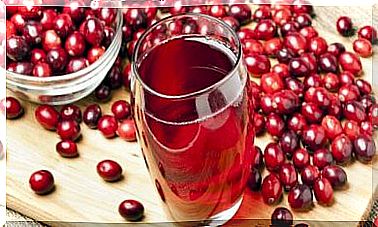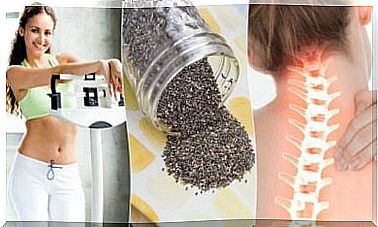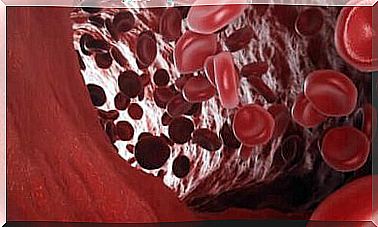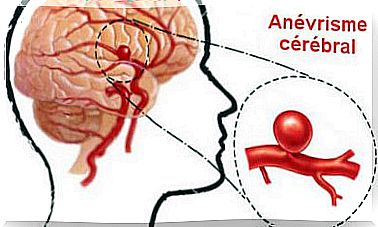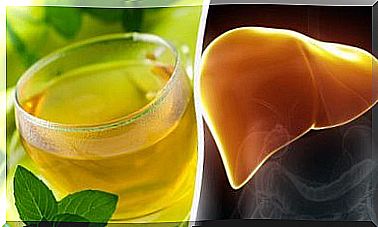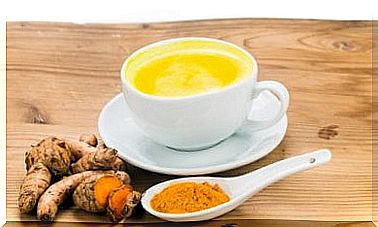Everything You Didn’t Know About Aches
There are some myths about muscle soreness that are worth investigating. Do you know the real causes? How to prevent them? We detail all these questions in this article.
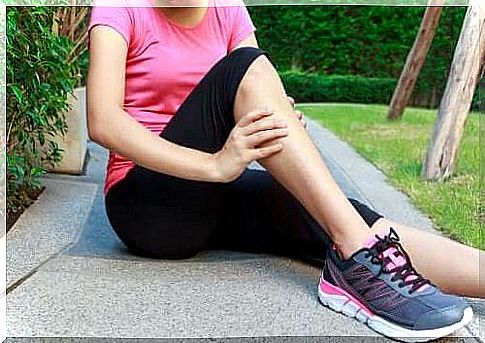
Although body aches may appear after exercise, this should not be a reason to avoid strength training. In this article, we’ll tell you what muscle soreness is, why it hurts, and how to prevent it.
What are muscle soreness?
Body aches are more commonly referred to as muscle pain after exercise. We also know them as:
- Delayed myalgia
- Late muscle pain
- DOMS (Post-exercise muscle pain) , for its acronyms in English
They can occur 24 to 48 hours after a strenuous exercise session or after doing an exercise that we have never done before.
This pain is usually localized in the muscles being worked and may be accompanied by a decrease in strength and range of motion in the short term.

What’s the cause ?
Body aches can occur after exercising or doing any other type of physical activity of a different intensity than normal. For example :
- A sedentary person’s first day at the gym
- A very intense exercise session for an athlete
- Carry boxes during a move
Aches and inflammation
This type of pain was previously thought to be caused by inflammation resulting from the breakdown of muscle fibers as a result of exercise. However, we now know that this is not the case:
- This is because there can be pain without inflammation, especially after eccentric exercise, as this study published in The Journal of Physiological Sciences indicates .
- It can also present with inflammation without pain, as stated in this other 2016 study in the journal Frontiers in Physiology .
So it seems that the inflammation is not directly related to the pain of body aches. The current hypothesis is that this type of inflammation is a reaction of the immune system to an unknown stimulus (new movement or increased intensity of exercise).
Moreover, it will be necessary to wait until this question is studied a little more to draw more precise conclusions.
Is lactic acid responsible?
No. Lactic acid does not cause delayed myalgia. This was shown in a study published in 1983, which assessed the concentration of lactic acid in the blood in two types of runners:
- Some ran 45 minutes on a non-incline treadmill. We then noted in them a significant increase in lactic acid, but no DOMS
- Others were running the same time on a treadmill with a 10% incline to simulate a descent. They did not show an increase in lactic acid, however they had muscle stiffness
This little experiment showed that there is no link between lactic acid and muscle soreness. So why are they painful?
The usual obnoxious answer: We don’t know for sure. One of the problems with defining the cause is that sometimes the aches can extend to muscles that have not been worked.
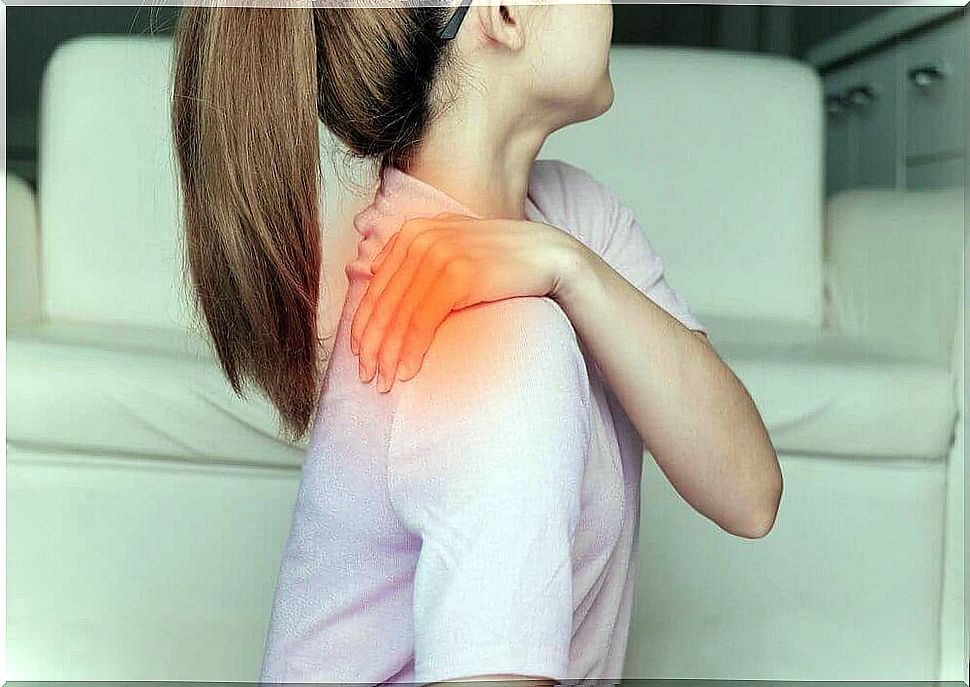
Furthermore, what is clear is that:
- Eccentric movements are more likely to cause muscle stiffness compared to concentric movements
- Genetics probably play an important role since there are things that vary from person to person. Like tenderness and pain
- Body aches may worsen due to factors such as dehydration, poor diet, lack of sleep, very strong massage, or fear of pain
Can we prevent muscle soreness?
We cannot prevent their occurrence, but we can prevent them. In addition, if they do occur, they will be much more manageable with the following tips:
- Accept the stiffness calmly. Gradually increase the intensity of the exercise. You will not reach your goal faster if you force on your body, on the contrary
- Increase reps, sets or weight no more than 10% per week
- Warm up properly and, if successful, stretch after exercise
- Have good habits, take care of your diet, sleep well and drink enough water
Finally, contrary to popular belief, body aches are not caused by lactic acid or inflammation. They correspond to a normal reaction of the body after too intense exercise or physical activity stronger than usual.
